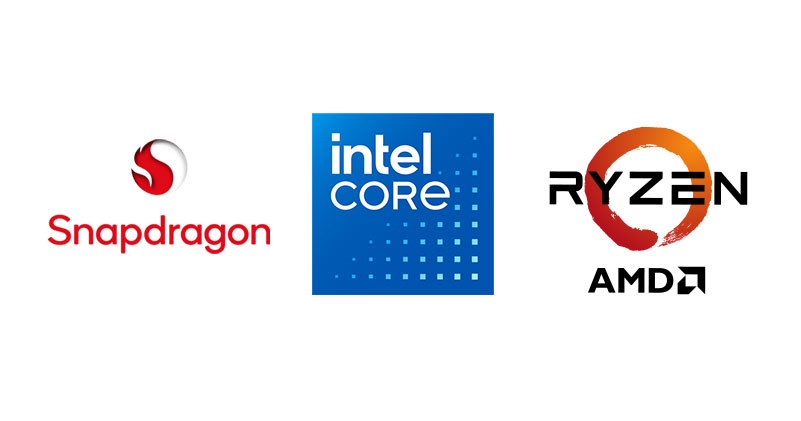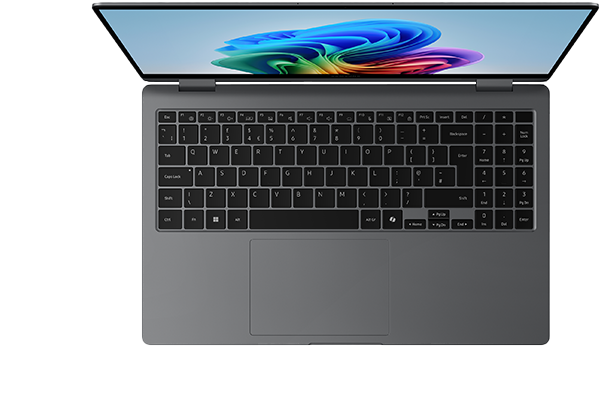How Accountancy Firms can lead on Sustainability through smarter IT

Accountancy firms are under pressure to demonstrate sustainability—not just for their clients, but within their own operations. One area that’s often overlooked is the environmental impact of IT devices.
With every new laptop or desktop comes an environmental cost. But there’s a smarter way to reduce that impact: not by using devices for six or seven years until they become obsolete, but by ensuring each device has a longer overall lifecycle—even if your firm uses it for only a short period of time.
Through initiatives like Turn IT Green, accountancy firms can meet their tech needs today while building a more sustainable tomorrow.
The IT Challenge for Accountancy Firms
Whether you’re a local practice or a multi-site firm, you likely face similar IT pressures—keeping devices up to date for performance and compliance, managing rising hardware and support costs, adapting to the demands of hybrid work, and demonstrating sustainability to clients and regulators. The good news is that your IT strategy can also be part of your sustainability story.
Why extending useful life matters (Even if you’re not keeping devices forever)
Most of the environmental footprint of IT hardware is created during manufacturing. The longer a device is used across its full lifecycle, the lower its carbon cost per year. That’s where the Turn IT Green approach makes a difference.
Instead of holding onto devices for five years and watching performance decline, you can lease high-quality equipment for a shorter term—typically three years—then return it and refresh your firm with the latest technology. The returned devices don’t go to waste:
- They’re securely data-wiped
- Professionally refurbished
- Given a second life through reuse
- Saving hundreds of kilos of CO₂ per device
This way, your firm enjoys regular upgrades to fast, reliable tech—
while the same devices continue delivering value elsewhere. That’s true circular IT.
Carbon savings without compromising on quality
Every time a refurbished device is reused instead of replaced, around 225 kg of CO₂e is avoided. Multiply that across a larger workforce, and the savings grow dramatically.
A firm with 200 staff could help save 45 tonnes of CO₂e—the equivalent of flying roundtrip from London to New York 50 times.
Two Sustainable options: New or 2nd Life IT
Whether you're investing in brand new equipment or choosing refurbished devices, both can be sustainable—if the lifecycle is managed right.
✅ Brand New, Sustainably
- Leased Use for 3 years under a tailored lease
- Devices return to the circular loop
- Enjoy the latest specs without long-term waste
✅ 2nd Life IT
- Use for 3 years under a tailored lease
- Devices are professionally refurbished to enterprise grade (16 GB RAM, 500 GB SSD, Windows 11 Pro)
- Save up to 40%—and they look as good as new
In both cases, you’re supporting a circular IT model—and contributing
to lower the carbon footprint of those devices throughout their lifecycle.
Build Sustainability into your IT Strategy
Accountancy firms don’t need to keep hardware for years to be sustainable. Through smart leasing and circular IT solutions like Turn IT Green, you can keep your tech fresh, reduce your environmental impact, and demonstrate your commitment to responsible business practices.
Sustainability shouldn’t be a burden—it should be built into your business model.
Ready to make your IT more sustainable? Reach out to learn how InnoVent can help your firm refresh technology while supporting a circular economy.
Related Blogs

Join us at Bett 2026: Discover Sustainable IT for Education
We’re excited to announce that we’ll be at Bett 2026, taking place on 21–23 January at ExCeL London! Visit us at stand NG11 to explore the future of sustainable IT for schools.

Short Term IT rentals for growing Academy Trusts
When an academy trust grows, IT often becomes one of the biggest challenges. Whether you’re onboarding a new school, launching a short-term project, or supporting research initiatives, having the right devices at the right time is critical, but it can also be costly and time-consuming.

Copilot+ Laptops for Business: Snapdragon X Elite vs Intel Core Ultra vs AMD Ryzen AI
What began as a search for the right laptop for my daughter’s university studies highlighted a challenge many businesses now face: choosing between Snapdragon X Elite, Intel Core Ultra, and AMD Ryzen AI. With Copilot+ and AI workloads moving onto devices, picking the right laptop has never been more critical.
